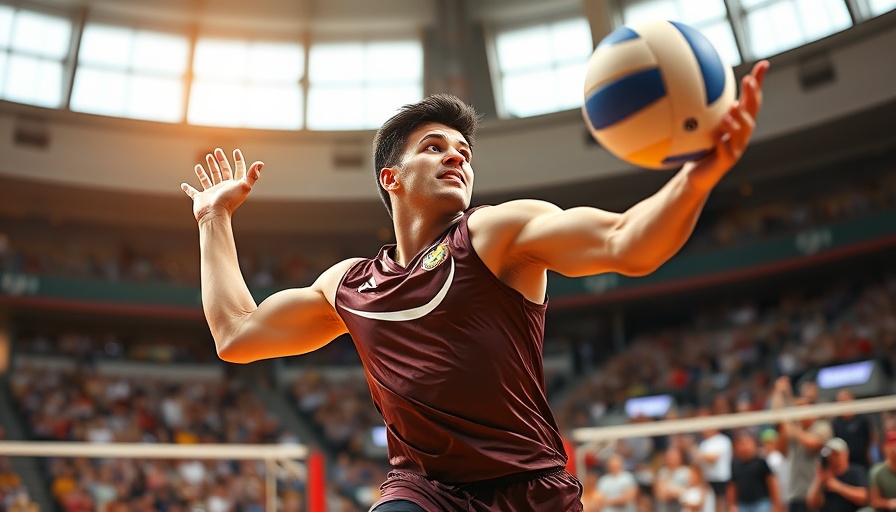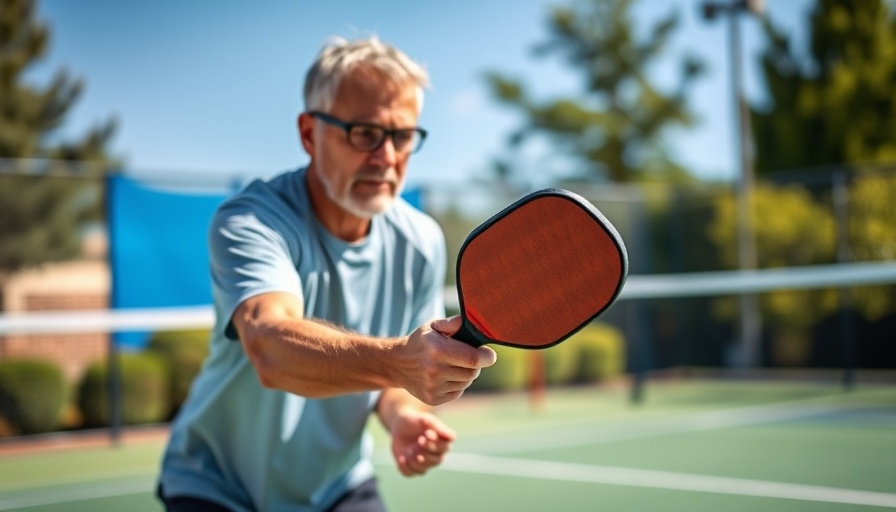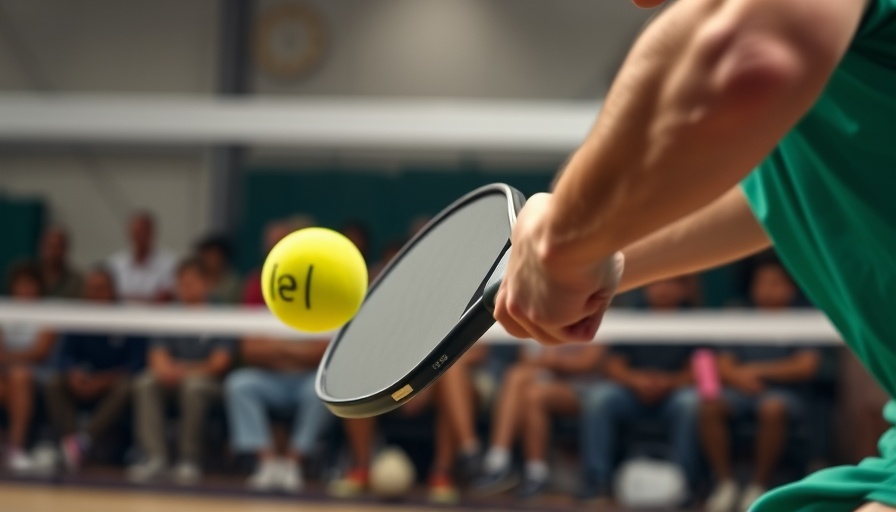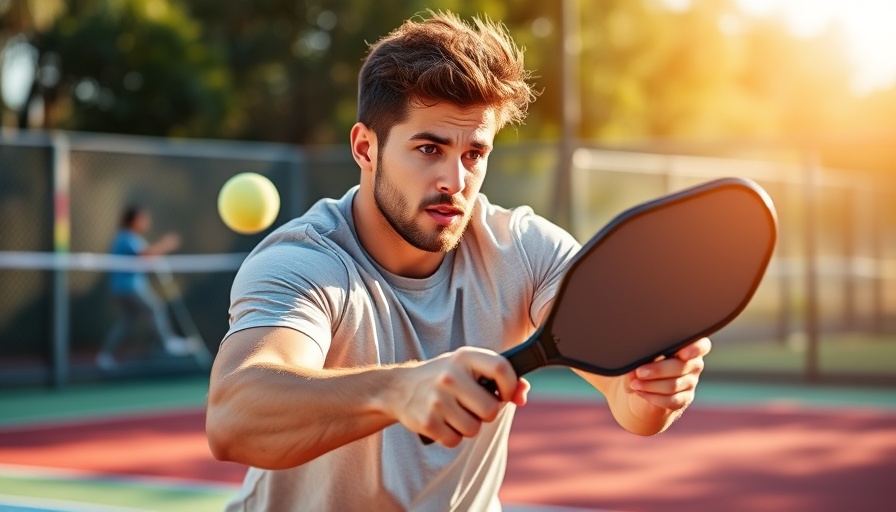
Maximizing Your Points: Strategic Moves for Serving Teams
In the competitive world of pickleball, the way you serve can make all the difference. The traditional view might suggest that the receiving team holds the upper hand, compelling the serving team to play defensively. However, flipping that mindset can lead to substantial scoring opportunities. Let's explore effective techniques to solidify your position as a dominant server on the court.
Understanding the One-Two Punch Play
The "One-Two Punch" play is a straightforward yet powerful strategy that can secure you additional points with smart serving techniques. This play relies on effective setups and timely execution.
Step One: Setting Up the Serve
Success starts with the initial serve. A good serve should apply pressure on your opponents and ideally keep them from advancing to the kitchen line effectively. Two effective methods for this include:
- Power and Depth: Delivering a deep serve infused with considerable spin and power forces your opponents to retreat initially, delaying their approach to the kitchen line.
- Wide Serves: If your opponents are in a transition setup, serving wide can disrupt their positioning and catch them off-guard. Move them away from their intended destination, making it harder for them to regroup.
Assessing the Setup for a Winning Return
Once your serve is executed, evaluate its effectiveness. If your opponents find themselves a step behind the kitchen line, you have a green light to proceed with part two of the play. Ideally, they will also return the serve weakly, presenting a prime opportunity to attack. If they make it to the kitchen line on time, it's time to retreat and revert to conventional strategies.
Step Two: The Knockout Technique
This critical part of the strategy involves two main tactics:
- Exploit Early Returns: Move towards the incoming ball rather than waiting for it. This proactive approach can disrupt your opponents' timing and catch them in transition.
- Perfect Your Drop Shots: A well-placed drop shot can take your opponents by surprise and capitalize on their late positioning.
By mastering these tactics, you will be poised to exploit weaknesses in your opponents' play, making your serving game not only effective but crucial in shaping the outcome of the match.
Conclusion
The beauty of pickleball lies in its strategic complexity. By adopting techniques like the One-Two Punch, you will not only enhance your own performance but also contribute to a more dynamic gameplay experience. Consider integrating these methods into your next match and experience the shift in momentum.
 Add Row
Add Row  Add
Add 




Write A Comment